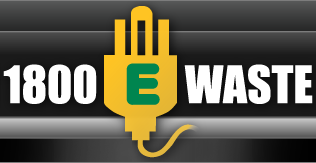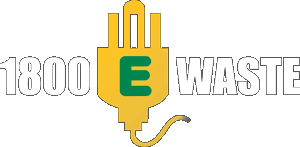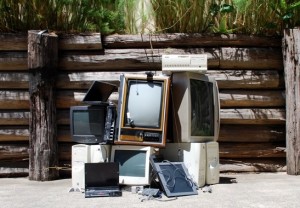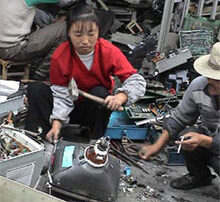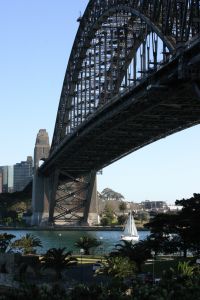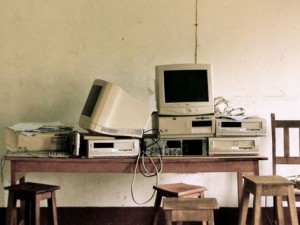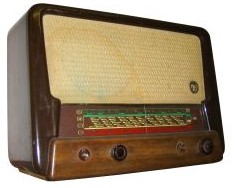The future of electronic waste recycling.
When it comes to electronic waste, it’s quite clear that we need to do something soon. The United Nations estimates that up to 50 million tonnes of electronic waste are thrown away globally each year, and the amount ending up in landfill is on the rise. In 2009, 234 million items of ewaste were on their way to the tip in Australia alone, which was 41 million more than was estimated. A report prepared by The Total Environment Centre and Environment Victoria predicts that without an introduction of an ewaste recycling programme, the amount of ewaste in Australian landfills will treble by 2020 and
